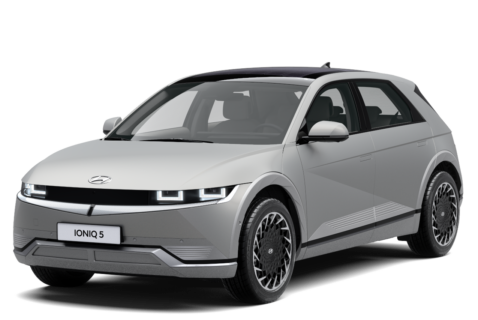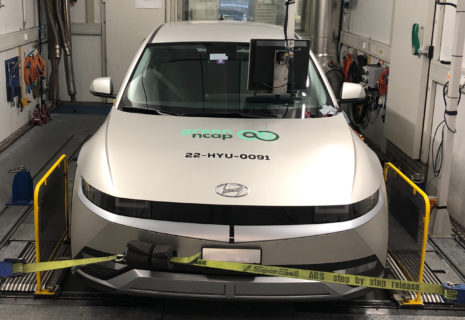Hyundai IONIQ 5 58 kWh electric RWD automatic
2022
94%
10.0
10
Clean Air Index
9.1
10
Energy Efficiency Index
9.3
10
Greenhouse Gas Index
| Laboratory Tests | NMHC | NOX | NH3 | CO | PN | |
|---|---|---|---|---|---|---|
| 10.010 | Cold Test | |||||
| 10.010 | Warm Test | |||||
| 10.010 | Highway | |||||
| 10.010 | Cold Ambient Test | |||||
| Road Test | ||||||
| 10.010 | On-Road Drive | |||||
| 5.05 | On-Road Short Trip | |||||
| 8.08 | On-Road Heavy Load | |||||
| 5.05 | On-Road Light Load | |||||
| 2.02 | Congestion | |||||
| Laboratory Tests | Energy | |||
|---|---|---|---|---|
| 10.010 | Cold Test | 18.8kWh100 km | ||
| 10.010 | Warm Test | 18.5kWh100 km | ||
| 8.510 | Highway | 30.2kWh100 km | ||
| 7.910 | Cold Ambient Test | 34.8kWh100 km | ||
| Consumption | Driving Range | |||
| Average | 22.5kWh100 km | 311km | ||
| Worst-Case | 34.8kWh100 km | 191km | ||
| Greenhouse Gases | CO2 | N2O | CH4 | |
|---|---|---|---|---|
| 10.010 | Cold Test | |||
| 10.010 | Warm Test | |||
| 9.010 | Highway | |||
| 8.310 | Cold Ambient Test |
Specifications
- Tested Car KMHKM81BFNU01XXXX
- Publication Date 11 2022
- Vehicle Class Small SUV
- Emissions Class Euro 6 AX
- Tyres 235/55R19 105W
- Mass 1,845 kg
- System Power/Torque 125 kW/350 Nm
- Declared Battery Capacity 58.0 kWh
- Declared Driving Range Overall 384 km City 587 km
- Declared Consumption 16.7 kWh/100 km








































































































































































Our verdict
The Hyundai IONIQ 5 is a battery electric crossover utility vehicle (CUV) with generous space and high comfort. Tested here is the model with 58 kWh battery capacity. Despite its high mass, typical for electric cars, the vehicle has low consumption values in the standard WLTC+ tests (Cold and Warm). In the dynamic Highway test, however, the IONIQ 5 consumes significantly more, and under cold winter conditions (WLTC+ test at -7°C), the figure even increases by 85% compared to the standard test. As a result, the driving range under such conditions is reduced, due to the need for cabin heating and battery management strategies. The measured battery capacity of 58.8 kWh corresponds to the declared value (58 kWh) and allows a range of about 380 km in standard real-world trips and moderate air conditioning requirements. The IONIQ 5 offers a unique design, but it comes at the cost of increased aerodynamic drag, compared to other electric vehicles. Higher energy efficiency in cold weather conditions would also help to further improve the vehicle's sustainability score.
The lack of polluting exhaust emissions, high energy efficiency and relatively low greenhouse gas emissions from average European power generation give the Hyundai IONIQ 5 a high Weighted Overall Index of 9.4 out of 10 and a solid 5 Green stars rating.